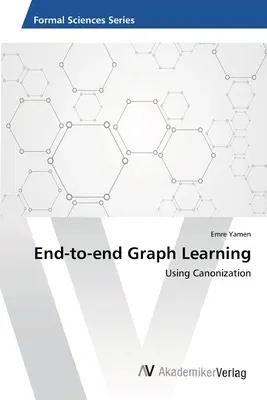Emre Yamen
(Author)End-to-end Graph LearningPaperback, 14 May 2019

Qty
1
Turbo
Ships in 2 - 3 days
In Stock
Free Delivery
Cash on Delivery
15 Days
Free Returns
Secure Checkout
Print Length
52 pages
Language
English
Publisher
AV Akademikerverlag
Date Published
14 May 2019
ISBN-10
6202224177
ISBN-13
9786202224178
Description
Product Details
Author:
Book Format:
Paperback
Country of Origin:
US
Date Published:
14 May 2019
Dimensions:
22.86 x
15.24 x
0.3 cm
ISBN-10:
6202224177
ISBN-13:
9786202224178
Language:
English
Pages:
52
Publisher:
Weight:
90.72 gm

